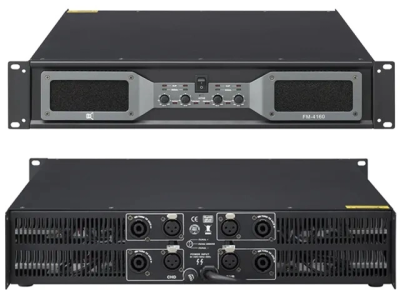
Writing follow up email letters is truly an art form. Finding the right balance between reminding a person about the previous letter without annoying them is the top priority when writing such letters.
When are follow-up emails used?
Just as the name suggests, follow-up emails are sent after you have already contacted a person but haven’t received any reply from them. They may have forgotten about your letter or they get many emails every day and they simply didn’t notice it. Online communication etiquette suggests that writing a follow-up email after you haven’t received a reply for some time is completely normal.
At the same time, there are a few things that you need to remember:
- You should be as concise as you can
If you have already sent a letter with important details, there is no need to repeat every word. It is always better to be concise in your letters, as no one has time to dedicate hours to each email they get.
- Make sure to select the right tone
The tone you pick plays a crucial role in letters. Depending on your relationship with a person, you can be more or less formal. Regardless of the situation, you should always be friendly.
- Add a call-to-action
The call-to-action can be anything from asking a person to follow a link, download a certain file, etc. Such a call-to-action makes your letter more memorable and also provides value to another person.
- Pick the right time to send a follow-up
Whether you send an individual follow-up letter or an entire outreach campaign, the timing is important. You should avoid sending follow-ups the next day, so waiting for about 3 or 4 days for a replay is an optimum decision in most cases.
With the help of tools provided by Reply, you can easily schedule your email follow-ups and automate the process. Also, by using the data product from Reply, you will be able to create the most accurate prospect lists that will bring your business to the next level. The system offers advanced search filters, so you can narrow down the lists of prospects that will be best suitable for your company.
In conclusion, follow-up emails are an important tool for reminding someone about a previous communication and for keeping the conversation going. However, it is important to be concise, choose the right tone, add a call-to-action, and pick the right time to send the follow-up. Tools like Reply can be useful for scheduling and automating follow-up emails, as well as for creating accurate prospect lists using advanced search filters.











